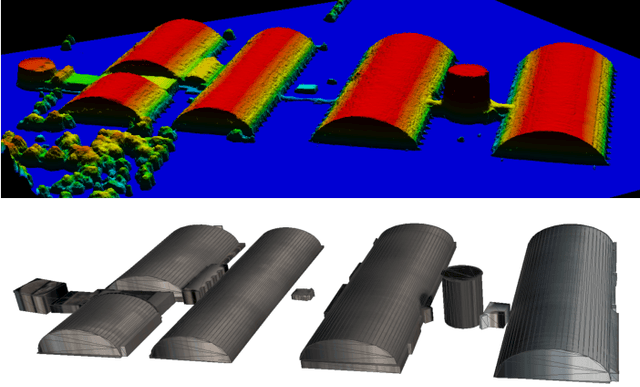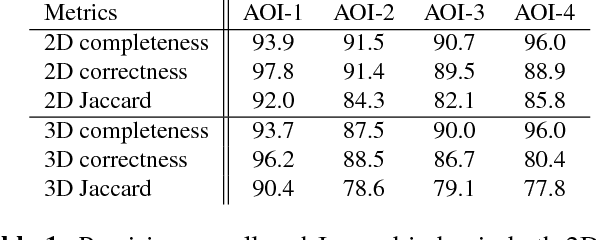James Miller
DCNFIS: Deep Convolutional Neuro-Fuzzy Inference System
Aug 11, 2023Abstract:A key challenge in eXplainable Artificial Intelligence is the well-known tradeoff between the transparency of an algorithm (i.e., how easily a human can directly understand the algorithm, as opposed to receiving a post-hoc explanation), and its accuracy. We report on the design of a new deep network that achieves improved transparency without sacrificing accuracy. We design a deep convolutional neuro-fuzzy inference system (DCNFIS) by hybridizing fuzzy logic and deep learning models and show that DCNFIS performs as accurately as three existing convolutional neural networks on four well-known datasets. We furthermore that DCNFIS outperforms state-of-the-art deep fuzzy systems. We then exploit the transparency of fuzzy logic by deriving explanations, in the form of saliency maps, from the fuzzy rules encoded in DCNFIS. We investigate the properties of these explanations in greater depth using the Fashion-MNIST dataset.
Primitive-based 3D Building Modeling, Sensor Simulation, and Estimation
Jan 16, 2019



Abstract:As we begin to consider modeling large, realistic 3D building scenes, it becomes necessary to consider a more compact representation over the polygonal mesh model. Due to the large amounts of annotated training data, which is costly to obtain, we leverage synthetic data to train our system for the satellite image domain. By utilizing the synthetic data, we formulate the building decomposition as an application of instance segmentation and primitive fitting to decompose a building into a set of primitive shapes. Experimental results on WorldView-3 satellite image dataset demonstrate the effectiveness of our 3D building modeling approach.
 Add to Chrome
Add to Chrome Add to Firefox
Add to Firefox Add to Edge
Add to Edge